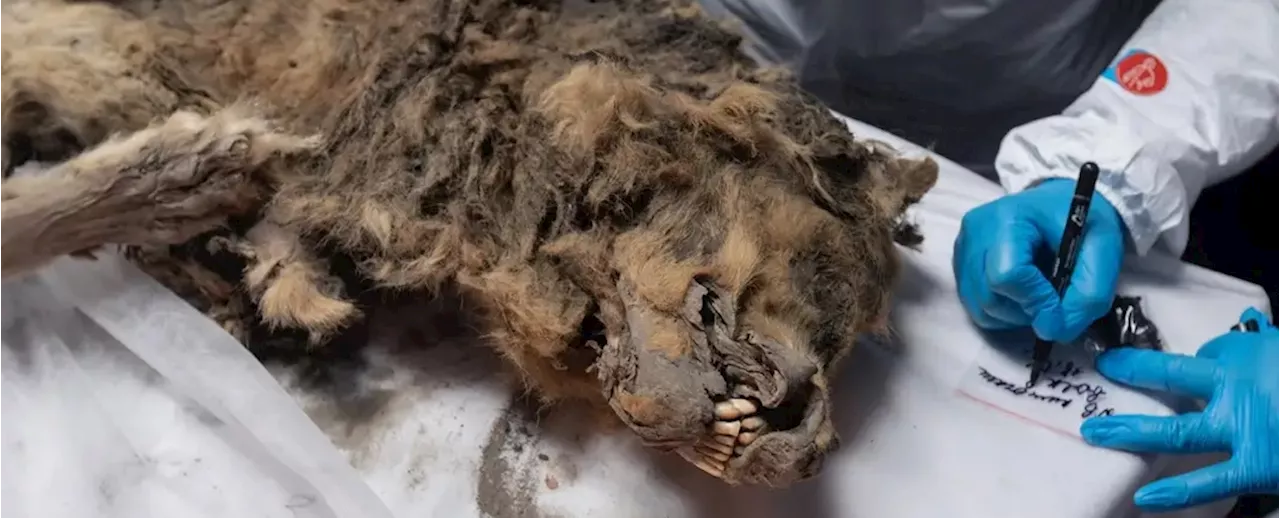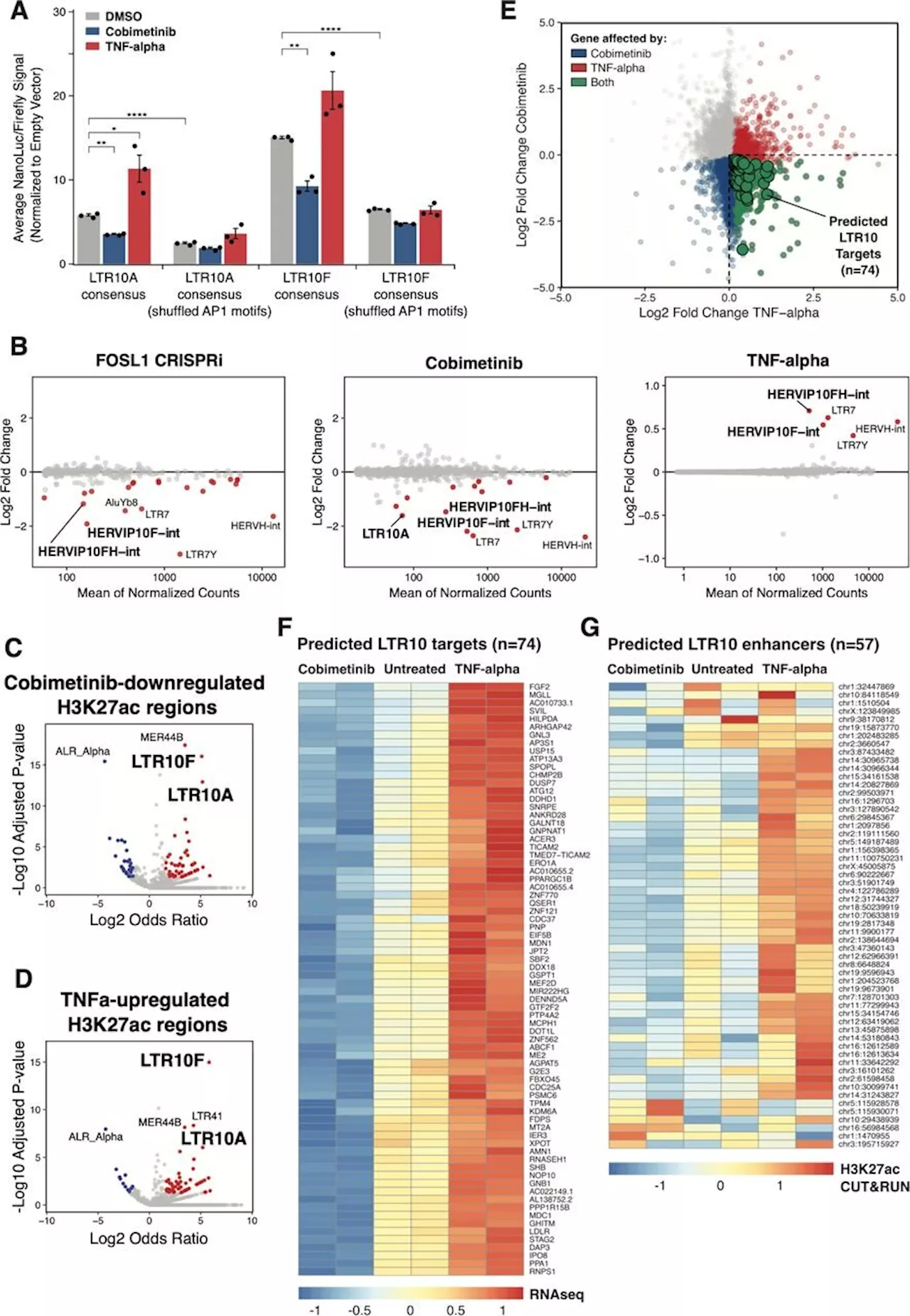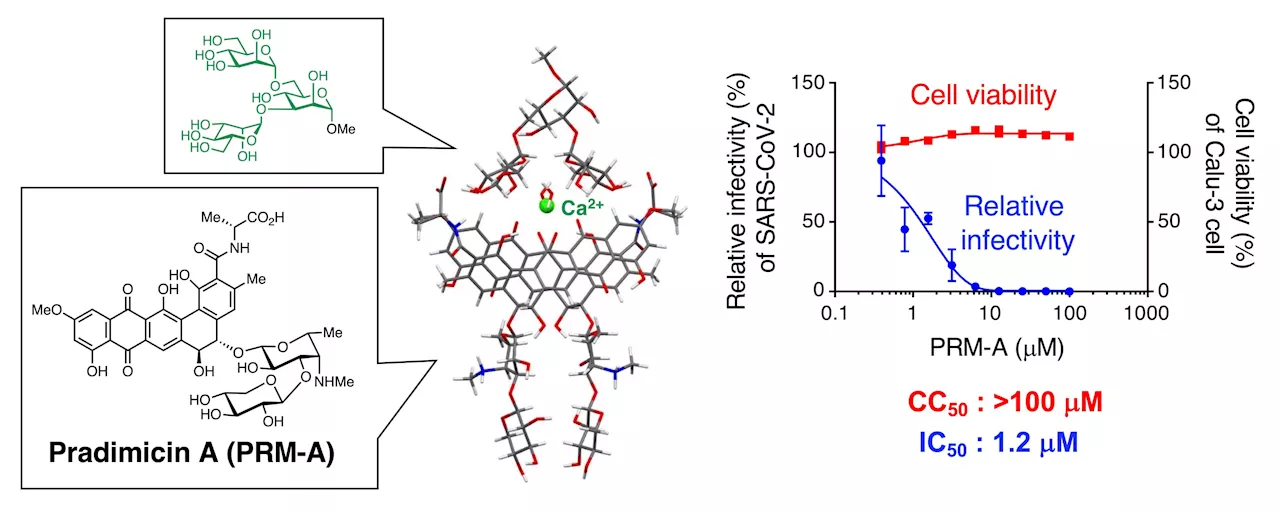The Best in Science News and Amazing Breakthroughs
Silently tucked away in our genomes, some of these bits of foreign DNA can get passed down through the generations. They were long thought inactive, but we've since learned these stowaway sequences can be turned back on to wreak all sorts of havoc.
"Our study shows that diseases today can be significantly influenced by these ancient viral infections that until recently very few researchers were paying attention to,"cells express a lot of genes that are not supposed to be on, but no one really knows what is turning them on,"Ivancevic and her team analysed published datasets on the epigenomes of 21 different types of cancer and were surprised to find that a particular family of ERV called long terminal repeat 10 was active at...
When the undead LTR10 genes were snipped out of action in human colorectal tumor cells and in mice, genes that cause cancer to grow, including XRCC4, known to be involved in therapy resistance, were also deactivated. This allowed treatments that shrink the tumors in mice to work better.Cancers seem to be using these discarded virus parts to change patterns of gene expression across tumors, with just one family of retroviruses regulating up to a staggering 70 cancer-associated genes.
United States Latest News, United States Headlines
Similar News:You can also read news stories similar to this one that we have collected from other news sources.
 Siberian Wolf Preserved For 44,000 Years Could Host Ancient VirusesThe Best in Science News and Amazing Breakthroughs
Siberian Wolf Preserved For 44,000 Years Could Host Ancient VirusesThe Best in Science News and Amazing Breakthroughs
Read more »
 Could bacteria or viruses lurking in ancient Egyptian mummies unleash a plague today?Jennifer Nalewicki is a Salt Lake City-based journalist whose work has been featured in The New York Times, Smithsonian Magazine, Scientific American, Popular Mechanics and more. She covers several science topics from planet Earth to paleontology and archaeology to health and culture. Prior to freelancing, Jennifer held an Editor role at Time Inc.
Could bacteria or viruses lurking in ancient Egyptian mummies unleash a plague today?Jennifer Nalewicki is a Salt Lake City-based journalist whose work has been featured in The New York Times, Smithsonian Magazine, Scientific American, Popular Mechanics and more. She covers several science topics from planet Earth to paleontology and archaeology to health and culture. Prior to freelancing, Jennifer held an Editor role at Time Inc.
Read more »
 Study shows ancient viruses fuel modern-day cancersPeek inside the human genome and, among the 20,000 or so genes that serve as building blocks of life, you'll also find flecks of DNA left behind by viruses that infected primate ancestors tens of millions of years ago.
Study shows ancient viruses fuel modern-day cancersPeek inside the human genome and, among the 20,000 or so genes that serve as building blocks of life, you'll also find flecks of DNA left behind by viruses that infected primate ancestors tens of millions of years ago.
Read more »
 Ancient viruses fuel modern-day cancersThe human genome is filled with flecks of DNA left behind by viruses that infected primate ancestors tens of millions of years ago. Scientists used to think they were harmless, but new research shows that, when reawakened, they help cancer survive and thrive.
Ancient viruses fuel modern-day cancersThe human genome is filled with flecks of DNA left behind by viruses that infected primate ancestors tens of millions of years ago. Scientists used to think they were harmless, but new research shows that, when reawakened, they help cancer survive and thrive.
Read more »
 Ancient Viruses Might Be Spurring Modern-Day CancersCancer growth can be fueled by flecks of ancient viral DNA lodged into the genetics of modern humans, a new study says.
Ancient Viruses Might Be Spurring Modern-Day CancersCancer growth can be fueled by flecks of ancient viral DNA lodged into the genetics of modern humans, a new study says.
Read more »
 Exploring the molecular basis of how pradimicin A binds to viral N-glycan, a potential SARS-CoV-2 entry inhibitorHIV, Ebola and most recently, COVID-19 viruses have had an enormous impact on our societies world-wide. All these viruses are 'enveloped viruses,' viruses that have an exterior envelope that surrounds them largely composed of their host's cells.
Exploring the molecular basis of how pradimicin A binds to viral N-glycan, a potential SARS-CoV-2 entry inhibitorHIV, Ebola and most recently, COVID-19 viruses have had an enormous impact on our societies world-wide. All these viruses are 'enveloped viruses,' viruses that have an exterior envelope that surrounds them largely composed of their host's cells.
Read more »
